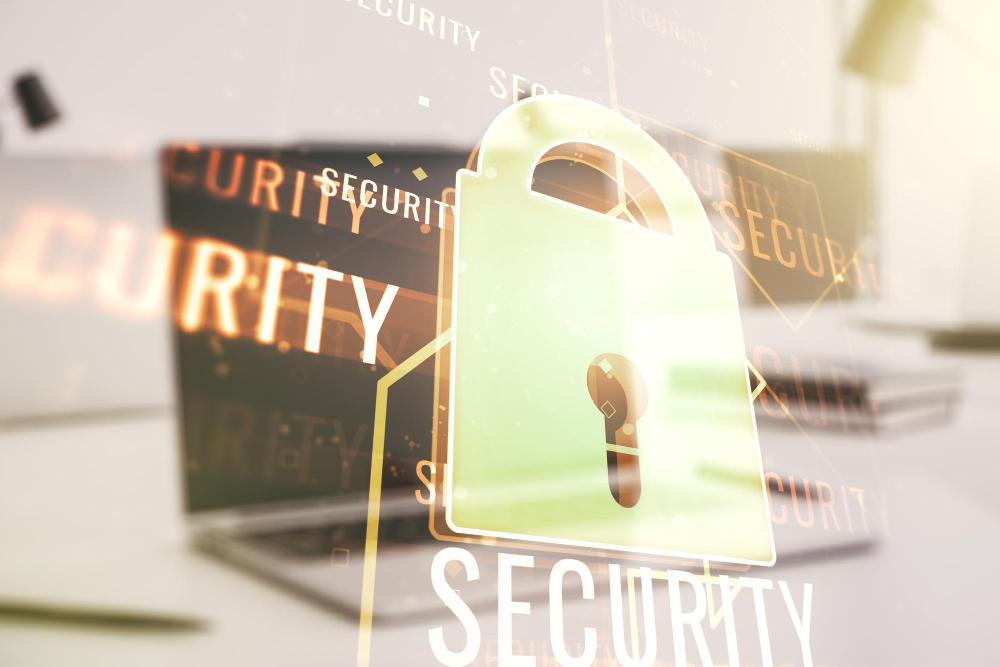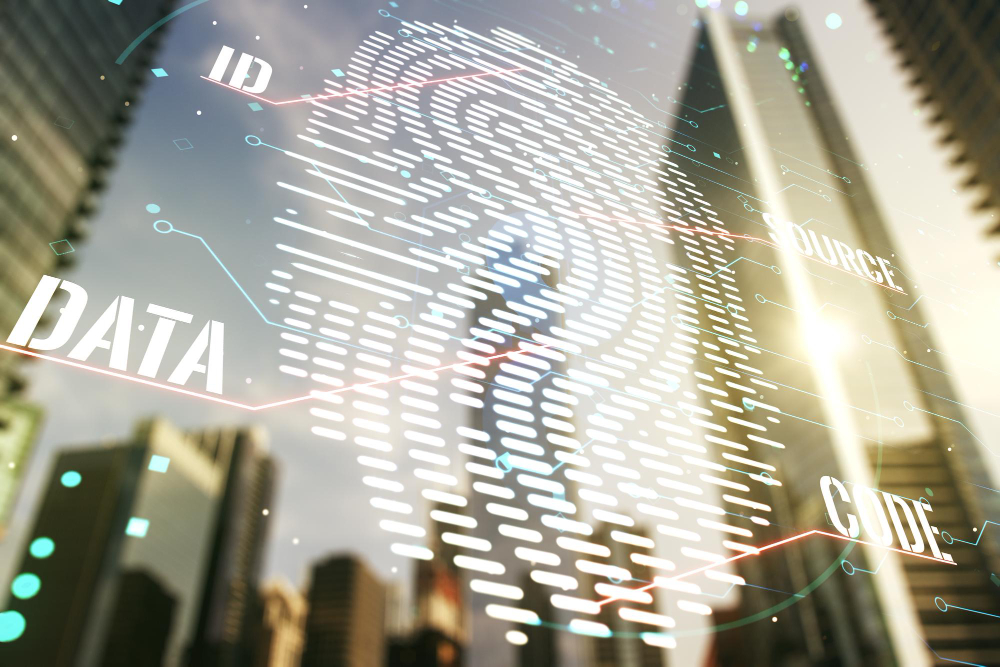RSA encryption has become essential for ensuring data security, especially with data breaches becoming more frequent. This asymmetric encryption method uses mathematical precision to protect sensitive information, allowing only authorized users to access it.
This encryption is widely used in securing communications and online transactions, making it a trusted choice across industries.
Ahead, we’ll explain how RSA encryption works, its benefits, and its practical applications. Read on to learn more about how this powerful encryption method protects your data.
What is RSA Encryption?

RSA encryption, or Rivest–Shamir–Adleman, is a widely used form of asymmetric cryptography that relies on mathematical algorithms to secure data.
It involves a public key for encryption and a private key for decryption, ensuring only authorized users can access sensitive information.
Developed in 1977 by Rivest, Shamir, and Adleman, RSA is named after its creators.
This encryption method protects online communications, financial transactions, and digital signatures.
RSA offers strong security compared to other methods due to its reliance on prime factorization. However, it is a relatively slow algorithm.
How Does RSA Work?

RSA encryption functions by using mathematical algorithms to securely encrypt and decrypt data.
Here’s how the RSA algorithm works:
- Key Generation: RSA starts by generating two keys— a public key for encryption and a private one for decryption. These keys are based on two large prime numbers (p and q) to ensure security.
- Key Distribution: The public key is shared with anybody who needs to send encrypted data, while the private key remains securely with the recipient and is never distributed.
- Encryption: When someone wants to send a safe message, they use the recipient’s public key to encrypt the message, turning it into unreadable data or ciphertext.
- Decryption: The recipient then uses their private key to decrypt the ciphertext, converting it back to the original message.
The security of RSA relies on the complexity of factoring the products of two large prime numbers, making it nearly impossible to break without the private key.
Benefits of RSA Encryption

There are some main benefits of RSA encryption, including:
- High Security: RSA provides strong protection due to the difficulty of factoring large integers, specifically the product of two primes, making it highly secure against attacks.
- Public and Private Keys: With RSA, the public and private keys system ensures that the public key can be shared while the private one is secret, ensuring secure data exchange.
- Adjustable Key Length: RSA allows flexible key lengths so organizations can select the appropriate RSA key size to meet their security needs.
- Digital Signatures: RSA supports RSA signatures, allowing users to verify the integrity and authenticity of their messages or data.
- Widespread Use: RSA is one of the most trusted encryption algorithms globally, thanks to its strong RSA security and adaptability across various applications.
Practical Applications of RSA

Check out these practical applications of RSA encryption in the digital world!
RSA in Secure Email Communication
As one of today’s main means of communication, everyone needs email security.
RSA encryption ensures that emails remain private by using a pair of key for encryption and decryption. The sender encrypts messages with the receiver’s public key, and the receiver uses their private key in order to decrypt it.
For instance, ProtonMail implements RSA cryptography to guarantee end-to-end encryption.
RSA in Online Banking
RSA is also used to secure data transmission in online banking systems.
When you make a transaction, the bank uses RSA encryption to lock your sensitive information with a public key. Only you, with your private key, can unlock and access the data.
This way, your financial details stay safe and secure.
Bank of America utilizes the RSA cryptosystem techniques to protect customers’ online banking sessions.
RSA in Virtual Private Networks (VPNs)
In VPNs, RSA keys are typically used to securely exchange symmetric keys between the client and server. The client encrypts the key exchange using the server’s public key, and the server eventually decrypts it with its private key to establish a secure connection.
The famous OpenVPN leverages RSA encryption for key exchanges. They provide users with secure communication through the VPN tunnel.
RSA in Digital Signatures
Digital signatures utilize RSA to ensure authenticity and integrity.
How does it work? A sender signs messages with their private key, and the recipient verifies it using the sender’s public key, ensuring that the message was not altered during transmission.
DocuSign uses this RSA system to verify signatures and maintain the integrity of digital documents.
RSA in Secure Web Browsing
When browsing websites using HTTPS, RSA encryption secures the connection. The website’s public key is used to encrypt a message during data transmission, and only the site’s private key can decrypt it, ensuring secure data transmission.
For example, websites using SSL/TLS certificates, like Google, rely on RSA encryption to secure data during online transactions.
RSA Vulnerabilities

While RSA offers strong security, it can be vulnerable if not implemented correctly.
For instance, using small key sizes, such as 1024-bit keys, weakens RSA’s strength. Attackers could exploit the computational difficulty of factoring large integers, a key element of RSA’s security.
The ROCA vulnerability affected some RSA keys generated with weak primes, exposing them to attacks that exploit reduced encryption strength.
Besides weak key generation, there are also possibilities of side-channel attacks that benefit from the system running the encryption algorithm.
Frequently Asked Questions
What is RSA vs AES?
RSA, which belongs to the asymmetric encryption algorithm, uses a public and private key pair. Meanwhile, AES encryption is symmetric, using the same key for both encryption and decryption.
What is the purpose of RSA?
To securely exchange data, authenticate identities, and enable encrypted communication through public and private key pairs.
Is AES 256 better than RSA 2048?
AES 256 is generally faster and better suited for encrypting large amounts of data, while RSA 2048 is ideal for secure key exchange. They serve different purposes.
Conclusion
In conclusion, RSA encryption is a fundamental tool in cybersecurity, providing a reliable way to secure data transmission and protect sensitive information in the digital world.
With the rise in data breaches, encryption methods like RSA are recommended for your communication and data. A strong data security strategy, including RSA, is important for maintaining privacy and security.
Partnering with a cybersecurity agency can ensure your data is fully protected. Contact Fluxgate today for expert assistance in implementing encryption solutions tailored to your needs.
